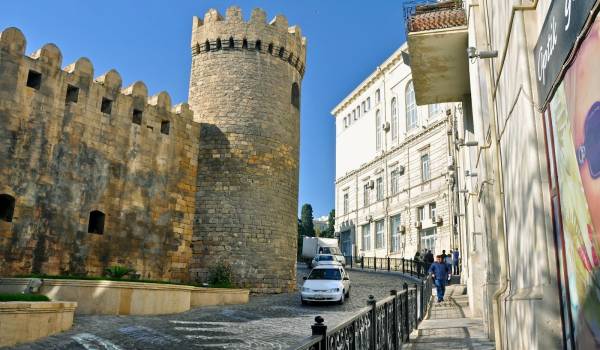
History of Baku
According to some sources, Tovuz, which is a combination of two Turkic tribes named Oghuz and Toguz, has a rich history and many sights. As soon as you enter the city, you will feel its richness. At the entrance to the city, you will be greeted by the ancient Tovuz fortress. Monuments reflecting the ancient traditions of Tovuz are preserved here.
In addition, the 300,000-year-old rocks found in the Zayamchay basin, the Torpaggala monuments, which are said to be the remains of the ancient city of Hunan, and the 8,000-10,000-year-old Kohnagala and Goytapa monuments show how ancient these areas are.
In the territory of the Tovuz region, in the village of Yanigli, there is a bridge, a mosque, and a mausoleum of the XVII century, a bridge built over the Tovuz River in the X century, the remains of a caravanserai. You can also visit the residential buildings, the kahriz (underground irrigation canal) and water tower in Tovuz built in the 19th century, the 7th-century Koroglu fortress in Alibeyli village, the octagonal mausoleum in Gazgulu village, the remains of a 19th-century fortress, and the 17th century Shah Abbas Mosque.
Examples of important architectural monuments of the country are Goytapa Ancient Residence, Haji Bagir Mosque of the XIX century in Duzgirigli village, an ancient historical mosque in Yanigli village, Kirzan temple.